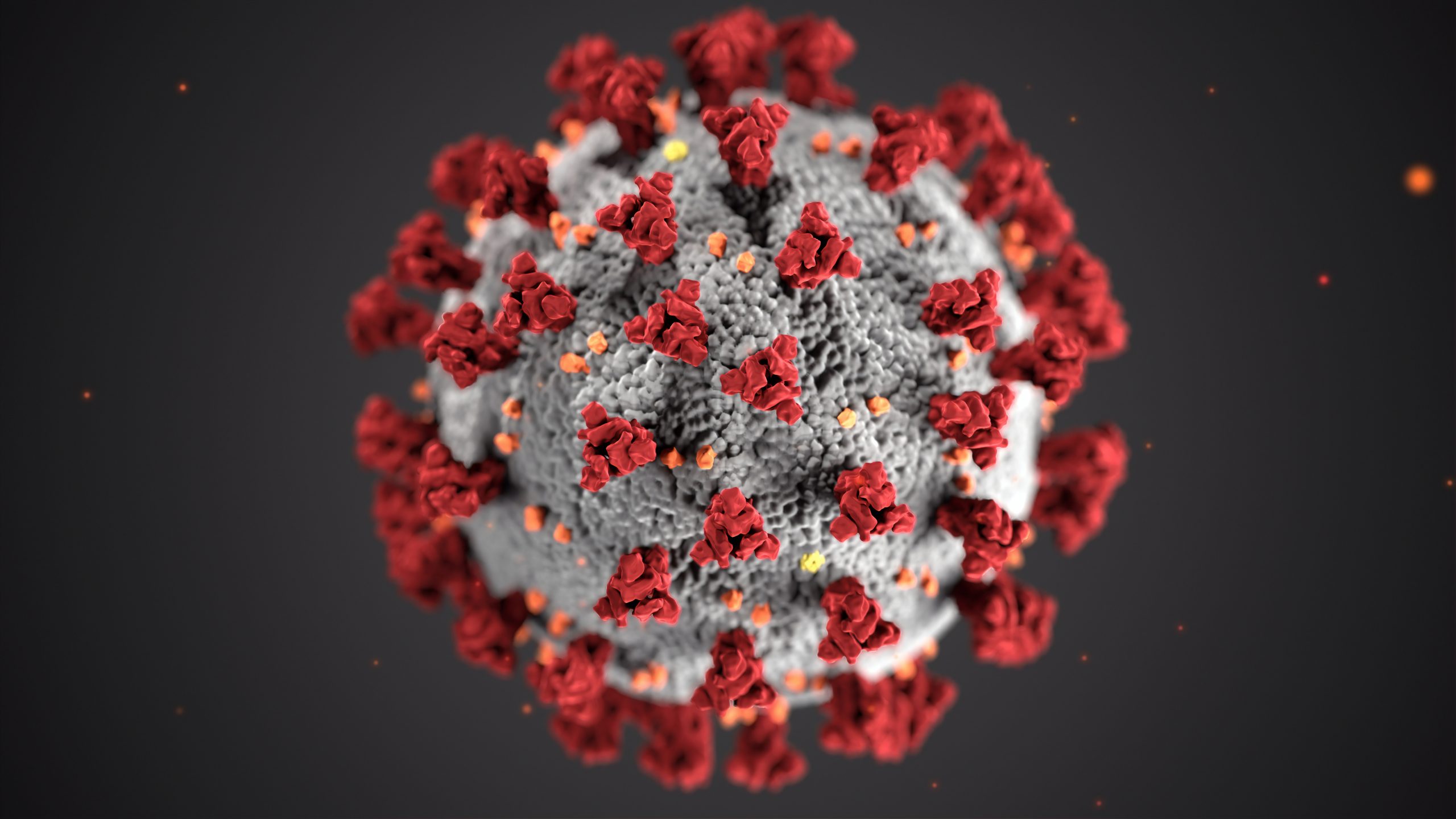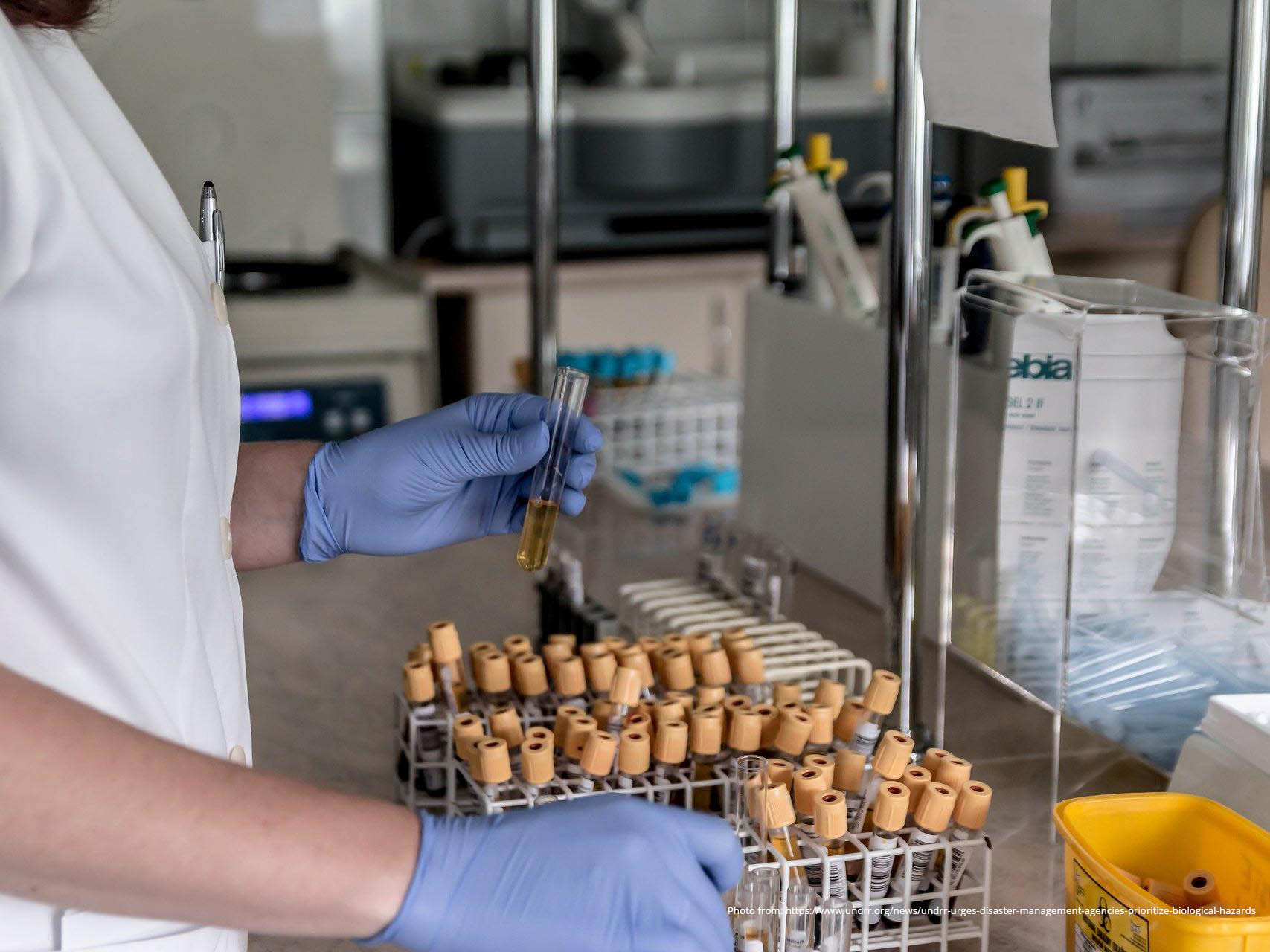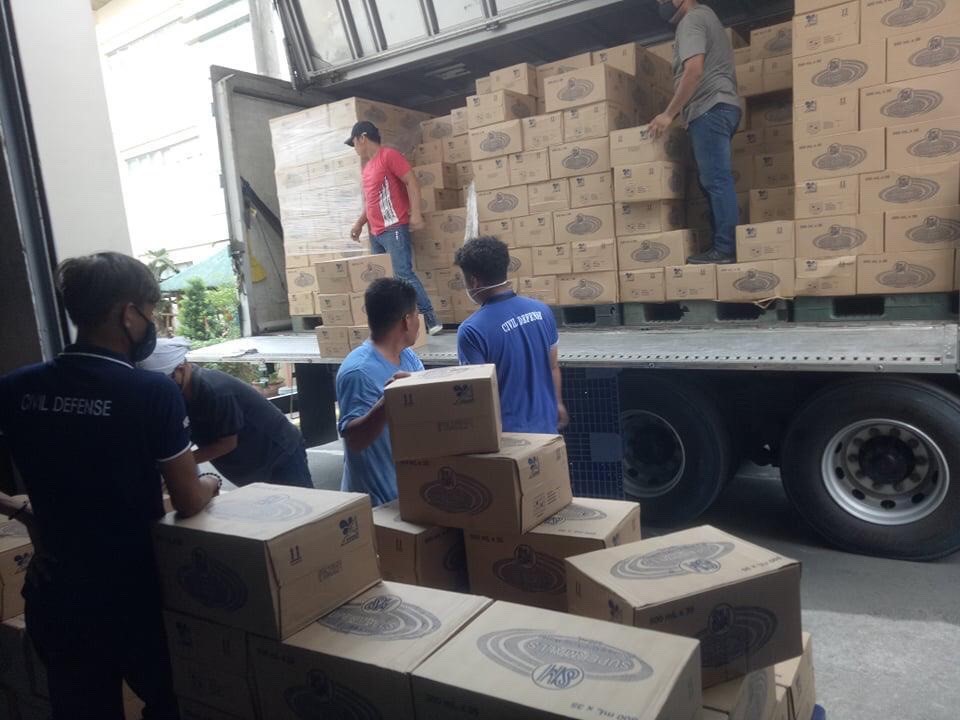Tag: COVID-19
-

#FlattenTheCurve: Effects of Exposure Risk Reduction and Quarantine Policies on COVID-19 Local Transmission Rates in the Philippines 20 MAR
Source: Publicus Asia | Date: March 20, 2020 The Chief Data Scientist and top policy strategists of PUBLiCUS Asia, Inc. (PAI) have collaborated to publish Competitive Intelligence (CompIntel) Report No. 1, Series of 2020 titled “#FlattenTheCurve: Effects of Exposure Risk Reduction and Quarantine Policies on COVID-19 Local Transmission Rates in the Philippines”. This CompIntel Report…
-

Time to take aggressive action?
Source: The Philippine Star – Filipino Worldview | Author: Ambassador Roberto R. Romulo | Date: March 13, 2020 The World Health Organization yesterday declared the COVID-19 a pandemic, meaning that its spread is global and there is widespread local transmission. It signals that health authorities must now change focus from containment to mitigation. Much is…
-

UNDRR urges disaster management agencies to prioritize biological hazards
Source: United Nations Office for Disaster Risk Reduction | Author: Denis McClean | Date: March 12, 2020 GENEVA, 12 March, 2020 – The UN Secretary-General’s Special Representative for Disaster Risk Reduction, Mami Mizutori, today acknowledged WHO’s declaration of a pandemic in relation to the global outbreak of the COVID19 virus which has claimed over 4,000 lives to…
